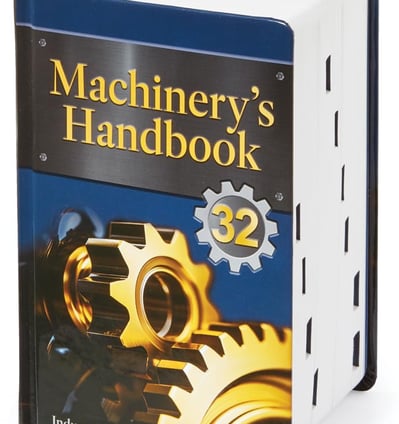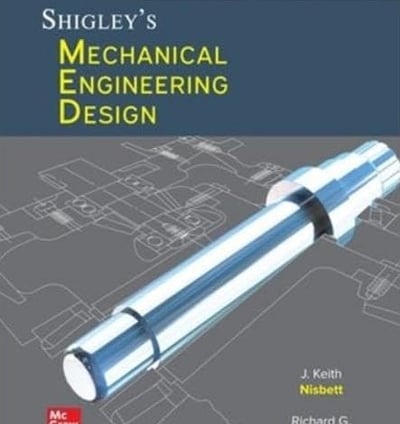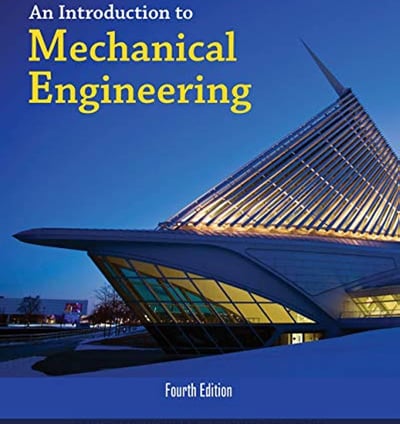Fundementals
Fundamentals Overview
In the fast-paced world of manufacturing and mechanical engineering, understanding the core principles is essential for tackling real-world challenges. This section highlights the fundamental topics that drive industry practices, ensuring you’re equipped to apply engineering concepts to solve everyday problems in design, production, and optimization.
Whether you're involved in designing efficient systems, improving manufacturing processes, or implementing advanced technologies, these foundational areas provide the knowledge needed to make informed decisions that impact production timelines, cost-efficiency, and product quality.
Below, you’ll find a curated list of recommended industry-relevant textbooks, followed by an overview of the core fundamentals that guide practical engineering. Each area is tied to critical aspects of the engineering lifecycle, from material selection to automation, ensuring you’re ready for the challenges and opportunities found in the manufacturing industry today.
Explore the detailed pages linked below for actionable insights and techniques that professionals in the field use to stay competitive, innovate, and deliver results.
Recommended Textbooks
These textbooks are essential for anyone working in the manufacturing or mechanical engineering industry. Covering everything from design fundamentals and precision machining to practical data for problem-solving, they provide the knowledge you need to tackle real-world challenges. Whether you're just starting out or looking to deepen your expertise, these resources will equip you with the tools and insights to succeed in the field
Machinery Handbook






Most popular engineering resource of all time
Shigley's Mechanical Engineering Design
Mechanical design and industrial standards
An Introduction to Mechanical Engineering
Write a short description of this category
Machinery’s Handbook has been the cornerstone of engineering knowledge for over a century, serving as the ultimate reference for professionals and enthusiasts in manufacturing and mechanical industries. This 32nd edition continues the tradition of providing critical, up-to-date information for engineers, machinists, designers, and students worldwide.
Shigley's Mechanical Engineering Design is intended for students beginning the study of mechanical engineering design. Students will find that the text inherently directs them into familiarity with both the basics of design decisions and the standards of industrial components. It combines the straightforward focus on fundamentals that instructors have come to expect, with a modern emphasis on design and new applications. This textbook maintains the well-designed approach that has made this book the standard in machine design for nearly 50 years.
By Keith J. Nisbett, Richard G. Budynas
What’s New in the 2024 Edition
Fatigue Failure from Variable Loading: Chapter 6 has been completely updated, with clearer explanations of underlying mechanics and a streamlined approach to the stress-life method, incorporating recent research. New context is provided for the strain-life and fracture mechanics methods to enhance understanding.
Materials and Deformation: Chapter 2 now includes expanded coverage of plastic deformation, strain-hardening, true stress, and cyclic stress-strain properties, strengthening the foundation for the fatigue failure discussions in Chapter 6.
Lubrication and Journal Bearings: Chapter 12 has been improved with a new section on dynamically loaded journal bearings, including examples and problems related to automotive applications, particularly big-end connecting rod bearings.
End-of-Chapter Problems: Approximately 100 new problems have been added, providing greater variety and a stronger foundation for first-time exposure to key topics, further supported by parameterized problems available through McGraw-Hill Connect Engineering.
What’s New in the 32nd Edition
Additive Manufacturing: Expanded coverage of 3D printing materials, techniques, and international standards for this rapidly evolving field.
Dimensioning and Measuring: Updated guidance on verniers, calipers, and micrometers, with improved formulas for tolerance calculations.
Fasteners and Threads: Comprehensive updates to standards for screws, bolts, nuts, and washers, with new tables and figures.
Machine Elements: Enhanced sections on drive couplings, shaft alignment, and machine lubrication, including a new focus on food-grade lubricants.
Metalworking and Manufacturing: New insights on dies, sheet metalworking, welding, and CNC machining of advanced materials.
Part Design and Production: Expanded topics in CNC programming, CAD/CAM, and shop-floor simulation for process optimization.
Materials and Sustainability: Updated data on material properties, recycling, supply chain costs, and energy considerations.
By Dr. Jonathan Wickert
Gain insight into today's ever-emerging field of mechanical engineering as you develop an appreciation for how engineers design the hardware that builds and improves societies around the world. AN INTRODUCTION TO MECHANICAL ENGINEERING, 4E is an ideal resource during your first or second year of your mechanical engineering program. It's also a useful tool if you are pursuing a closely related field. The book balances timely treatments of technical problem-solving skills, design, engineering analysis, and modern technology to provide the solid mechanical engineering foundation you need for future success.
Expanded Problem Sets: Approximately 100 new end-of-chapter problems have been added, offering a broader range of fundamental questions to reinforce key concepts and provide more practice opportunities.
Enhanced Digital Resources: A suite of digital tools is now included, such as "Read It" links to the MindTap eBook for deeper exploration, "Watch It" instructional videos to support visual learning, chapter quizzes for self-assessment, and Expanded Problems (EP) that guide students through complex problems step-by-step.
Instructor Support Materials: The edition includes a comprehensive set of resources for educators, such as customizable lecture slides, an image library, an instructor’s solutions manual, and guides for teaching online to enhance teaching flexibility and effectiveness.
